Home>Furniture & Design>Bathroom Accessories>How Many Bristles Are In A Toothbrush
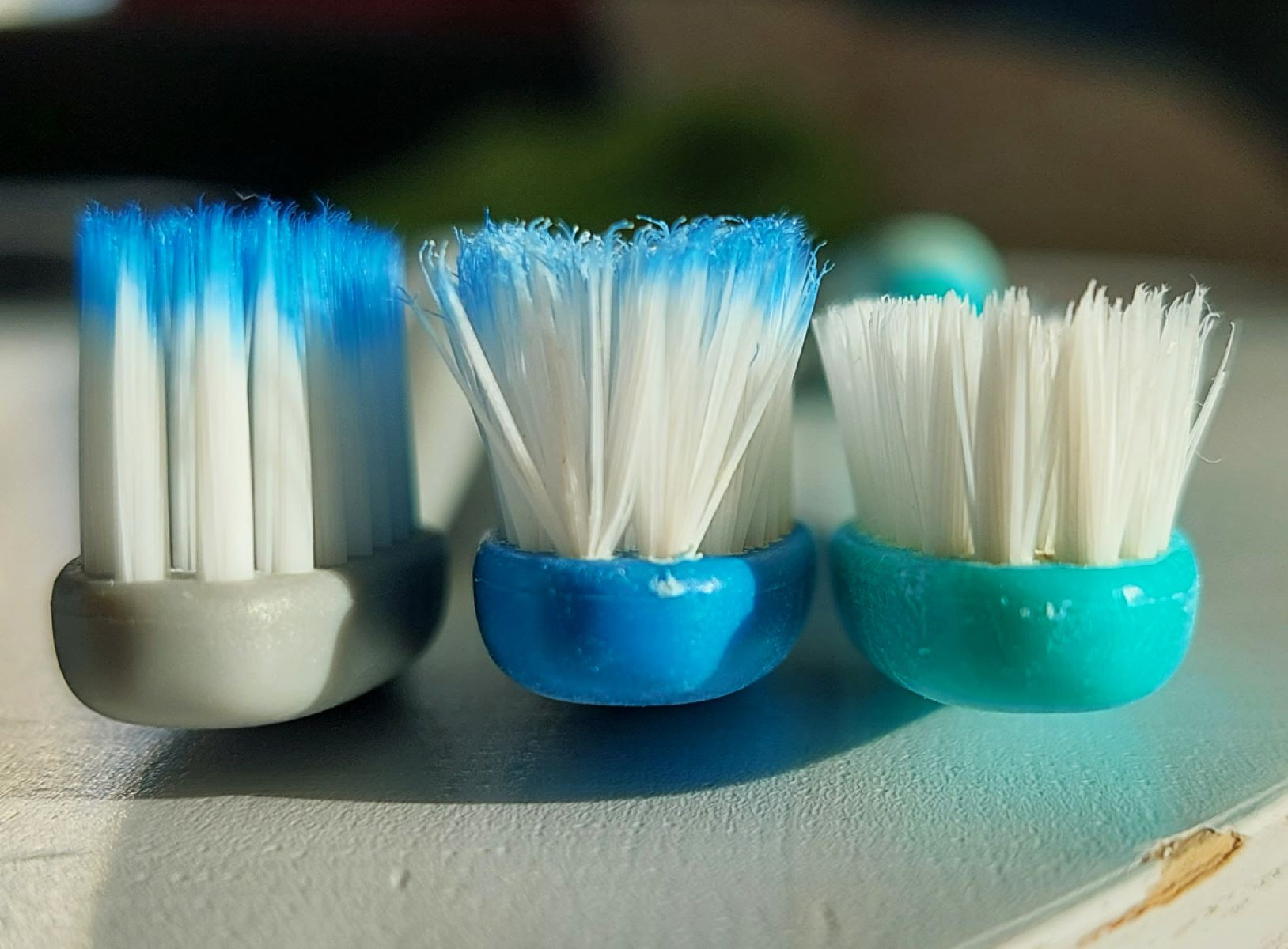

Bathroom Accessories
How Many Bristles Are In A Toothbrush
Modified: October 18, 2024
Discover the ideal number of bristles in a toothbrush and other bathroom accessories. Find the perfect toothbrush for your oral care needs. Explore now!
(Many of the links in this article redirect to a specific reviewed product. Your purchase of these products through affiliate links helps to generate commission for Storables.com, at no extra cost. Learn more)
Introduction
When it comes to oral hygiene, the humble toothbrush plays a pivotal role in maintaining a healthy and radiant smile. While the design and features of toothbrushes have evolved over the years, one fundamental component remains constant – the bristles. These tiny yet mighty components are the unsung heroes of dental care, diligently working to remove plaque, food particles, and bacteria from our teeth and gums. In this article, we will delve into the fascinating world of toothbrush bristles, exploring their importance, the different types used, how they are arranged, and the factors to consider when choosing a toothbrush based on bristles. Join us on this enlightening journey as we unravel the secrets behind the bristles that keep our smiles bright and our mouths healthy.
Key Takeaways:
- Bristles are the unsung heroes of toothbrushes, removing plaque and debris while promoting gum health. Soft, medium, and extra-soft bristles cater to different oral care needs, ensuring a personalized brushing experience.
- Toothbrush bristles are strategically arranged to maximize cleaning efficiency. Factors like oral sensitivity, plaque removal needs, and gum health should be considered when choosing a toothbrush, ensuring a comfortable and effective brushing experience.
Read more: How To Soften Bristles On A Toothbrush
The Importance of Bristles in a Toothbrush
The bristles of a toothbrush are the unsung heroes of oral hygiene, playing a crucial role in maintaining the health and cleanliness of our teeth and gums. These small yet mighty components are designed to effectively remove plaque, food particles, and bacteria from the surfaces of our teeth and along the gum line. Without the presence of bristles, the toothbrush would be rendered ineffective in its primary function of cleaning the mouth.
Bristles are specifically engineered to reach into the crevices and contours of our teeth, ensuring that no debris or plaque is left behind. Their fine and flexible nature allows them to access hard-to-reach areas, such as the back molars and the spaces between teeth, where bacteria and food particles often accumulate. By effectively dislodging and removing these substances, bristles contribute significantly to preventing tooth decay, gum disease, and bad breath.
Furthermore, the texture and density of the bristles are designed to provide a gentle yet thorough cleaning experience. They are engineered to be soft enough to avoid causing damage to the enamel and sensitive gum tissue, yet firm enough to effectively remove debris and plaque. This balance is essential in ensuring that the toothbrush effectively cleans the teeth without causing discomfort or harm to the mouth.
In addition to their cleaning function, bristles also stimulate the gums, promoting blood circulation and maintaining gum health. This gentle stimulation can help prevent gum disease and contribute to overall oral wellness.
The importance of bristles in a toothbrush cannot be overstated. They are the frontline soldiers in the battle against oral health issues, working tirelessly to keep our smiles bright, our breath fresh, and our mouths healthy. As we continue to explore the world of toothbrush bristles, it becomes evident that these tiny components are indeed the cornerstone of effective oral hygiene.
Types of Bristles Used in Toothbrushes
The types of bristles used in toothbrushes are diverse, catering to the varying needs and preferences of individuals. Understanding the different bristle options available can help consumers make informed decisions when selecting a toothbrush that best suits their oral care requirements. Here are the common types of bristles used in toothbrushes:
1. Soft Bristles
Soft bristles are gentle and flexible, making them ideal for individuals with sensitive gums or teeth. They provide a comfortable brushing experience while effectively removing plaque and debris. Many dental professionals recommend soft bristles for daily oral care, as they are less likely to cause damage to the enamel or gum tissue.
2. Medium Bristles
Medium bristles offer a balance between gentle cleaning and effective plaque removal. They are suitable for individuals who prefer a slightly firmer texture for their toothbrush bristles. However, it's important to use medium bristles with caution, as excessive pressure during brushing can potentially cause gum irritation or enamel wear.
Read more: What Toothbrush Bristles Are Best
3. Hard Bristles
Hard bristles are designed for individuals who require more aggressive plaque removal. However, they are not commonly recommended by dental professionals due to their potential to cause damage to the gums and enamel. The abrasive nature of hard bristles can lead to gum recession and enamel erosion if used improperly, making them unsuitable for most individuals.
4. Extra-Soft Bristles
Extra-soft bristles are specifically crafted for individuals with extremely sensitive gums or those recovering from oral surgeries. These bristles provide a gentle and soothing brushing experience, minimizing discomfort while still effectively cleaning the teeth and gums.
5. Tapered Bristles
Tapered bristles are designed to reach into narrow spaces and along the gum line, ensuring thorough plaque removal in hard-to-reach areas. Their tapered shape allows for enhanced cleaning between teeth and along the contours of the gum tissue, contributing to comprehensive oral hygiene.
6. Charcoal-Infused Bristles
Charcoal-infused bristles have gained popularity for their potential to absorb and remove surface stains from the teeth. The activated charcoal within the bristles is believed to aid in whitening the teeth while providing effective cleaning. However, it's essential to note that scientific evidence supporting the efficacy of charcoal-infused bristles in toothbrushes is limited.
Understanding the characteristics and purposes of these various bristle types can empower individuals to make informed choices when selecting a toothbrush that aligns with their oral care needs and preferences. Whether prioritizing gentle cleaning, targeted plaque removal, or teeth whitening, the diverse range of bristle options ensures that there is a suitable toothbrush for everyone's unique oral hygiene requirements.
Read more: What Are Toothbrush Bristles Made Of
How Bristles Are Arranged in a Toothbrush
The arrangement of bristles in a toothbrush is a carefully orchestrated design that maximizes the cleaning efficiency and overall effectiveness of the brushing experience. Manufacturers strategically position the bristles to ensure comprehensive coverage of the teeth and gums, targeting plaque and debris from various angles and surfaces. Understanding how bristles are arranged in a toothbrush provides valuable insight into the thought and precision that goes into the creation of this essential oral care tool.
Tufting Patterns
Bristles in a toothbrush are typically arranged in tufts, which are small clusters of bristles secured to the brush head. These tufts can vary in size, shape, and density, depending on the intended purpose of the toothbrush. Common tufting patterns include flat-trimmed, dome-trimmed, and angled, each offering unique advantages in reaching different areas of the mouth and providing specific cleaning actions.
Angled Bristles
Many modern toothbrushes feature angled bristles, where the bristle tufts are positioned at a slight incline to the brush handle. This design allows for better access to hard-to-reach areas, such as the back molars and the inner surfaces of the teeth. The angled bristles enable thorough cleaning along the gum line and effectively remove plaque from areas that may be challenging to reach with straight bristles.
Multilevel Bristles
Toothbrushes may also incorporate multilevel bristles, where the bristle tufts are arranged at different heights within the brush head. This arrangement mimics the natural contours of the teeth, ensuring that the bristles can simultaneously clean various tooth surfaces, including the front, back, and chewing surfaces. Multilevel bristles enhance the overall cleaning action of the toothbrush, providing comprehensive plaque removal with each brush stroke.
Read more: How To Remove Toothbrush Bristle From Throat
Specialized Bristle Arrangements
In addition to standard tufting patterns, some toothbrushes feature specialized bristle arrangements tailored to specific oral care needs. For example, certain toothbrushes may have longer bristles at the center of the brush head, designed to effectively clean along the gum line and between teeth. Others may incorporate staggered bristle lengths to optimize plaque removal and promote gum health.
Bristle Density and Spacing
The density and spacing of bristles within the tufts also play a crucial role in the overall cleaning performance of the toothbrush. Optimal bristle density ensures thorough plaque removal, while appropriate spacing allows for effective penetration between teeth and along the gum line. Manufacturers carefully consider these factors to create toothbrushes that deliver consistent and reliable cleaning results.
The meticulous arrangement of bristles in a toothbrush reflects the dedication to providing users with a superior oral care experience. By strategically positioning bristles in various patterns and angles, toothbrushes can effectively target plaque and maintain the health and cleanliness of the teeth and gums. This attention to detail underscores the significance of bristle arrangement in optimizing the functionality of this essential dental tool.
Factors to Consider When Choosing a Toothbrush Based on Bristles
When selecting a toothbrush, the bristles play a pivotal role in determining the effectiveness and comfort of the brushing experience. Several factors should be taken into account to ensure that the chosen toothbrush meets individual oral care needs and preferences.
1. Oral Sensitivity
Individuals with sensitive gums or teeth should opt for toothbrushes with soft or extra-soft bristles. These gentle bristle types provide thorough cleaning while minimizing potential discomfort or irritation. It's essential to prioritize oral comfort, especially for those prone to gum sensitivity or enamel wear.
2. Plaque Removal Needs
For individuals requiring targeted plaque removal, the choice of bristle type is crucial. While soft bristles are suitable for most users, those with specific plaque removal needs may benefit from medium bristles. However, it's important to use medium bristles with caution to avoid potential gum irritation or enamel damage.
3. Gum Health
Maintaining gum health is a vital aspect of oral care. Toothbrushes with tapered or angled bristles can effectively clean along the gum line, promoting gum health and reducing the risk of gum disease. The gentle stimulation provided by these bristle types contributes to improved blood circulation and overall gum wellness.
4. Personal Preference
Individuals may have personal preferences regarding the texture and firmness of toothbrush bristles. Some may find extra-soft bristles more comfortable, while others may prefer the slightly firmer feel of medium bristles. Understanding personal preferences can guide the selection of a toothbrush that aligns with individual comfort and satisfaction.
5. Dental Recommendations
Seeking guidance from dental professionals can offer valuable insights into the most suitable bristle type for specific oral care needs. Dentists or dental hygienists can provide personalized recommendations based on individual oral health conditions, ensuring that the chosen toothbrush and bristle type are conducive to maintaining optimal oral hygiene.
6. Specialized Requirements
Certain individuals may have specialized oral care requirements, such as post-surgical recovery or specific dental conditions. In such cases, selecting a toothbrush with bristles tailored to these unique needs, such as extra-soft bristles for post-surgical care, is essential to ensure gentle yet effective cleaning without compromising oral health.
By considering these factors when choosing a toothbrush based on bristles, individuals can make informed decisions that prioritize oral health, comfort, and personalized oral care needs. The careful selection of toothbrush bristles contributes to a positive brushing experience and supports overall oral wellness.
Conclusion
In conclusion, the significance of toothbrush bristles in maintaining optimal oral hygiene cannot be overstated. These small yet mighty components are the unsung heroes of dental care, diligently working to remove plaque, food particles, and bacteria from our teeth and gums. The diverse range of bristle types, including soft, medium, hard, extra-soft, tapered, and charcoal-infused, offers individuals the flexibility to choose toothbrushes that align with their specific oral care needs and preferences.
The meticulous arrangement of bristles within toothbrushes, featuring tufting patterns, angled bristles, multilevel configurations, and specialized arrangements, reflects the dedication to providing users with a superior oral care experience. By strategically positioning bristles in various patterns and angles, toothbrushes can effectively target plaque and maintain the health and cleanliness of the teeth and gums.
When selecting a toothbrush based on bristles, several factors come into play, including oral sensitivity, plaque removal needs, gum health, personal preference, dental recommendations, and specialized requirements. By considering these factors, individuals can make informed decisions that prioritize oral health, comfort, and personalized oral care needs.
Ultimately, the journey into the world of toothbrush bristles reveals the intricate science and thoughtful design behind these seemingly simple oral care tools. From the gentle stimulation of the gums to the thorough removal of plaque, bristles are the cornerstone of effective oral hygiene, working tirelessly to keep our smiles bright, our breath fresh, and our mouths healthy.
As we bid adieu to this exploration, let us carry forward a newfound appreciation for the humble toothbrush bristles, recognizing their indispensable role in safeguarding our oral health and preserving the radiance of our smiles. With each brushstroke, these tiny yet powerful bristles continue to uphold their duty, ensuring that our oral hygiene remains a top priority, one bristle at a time.
Frequently Asked Questions about How Many Bristles Are In A Toothbrush
Was this page helpful?
At Storables.com, we guarantee accurate and reliable information. Our content, validated by Expert Board Contributors, is crafted following stringent Editorial Policies. We're committed to providing you with well-researched, expert-backed insights for all your informational needs.
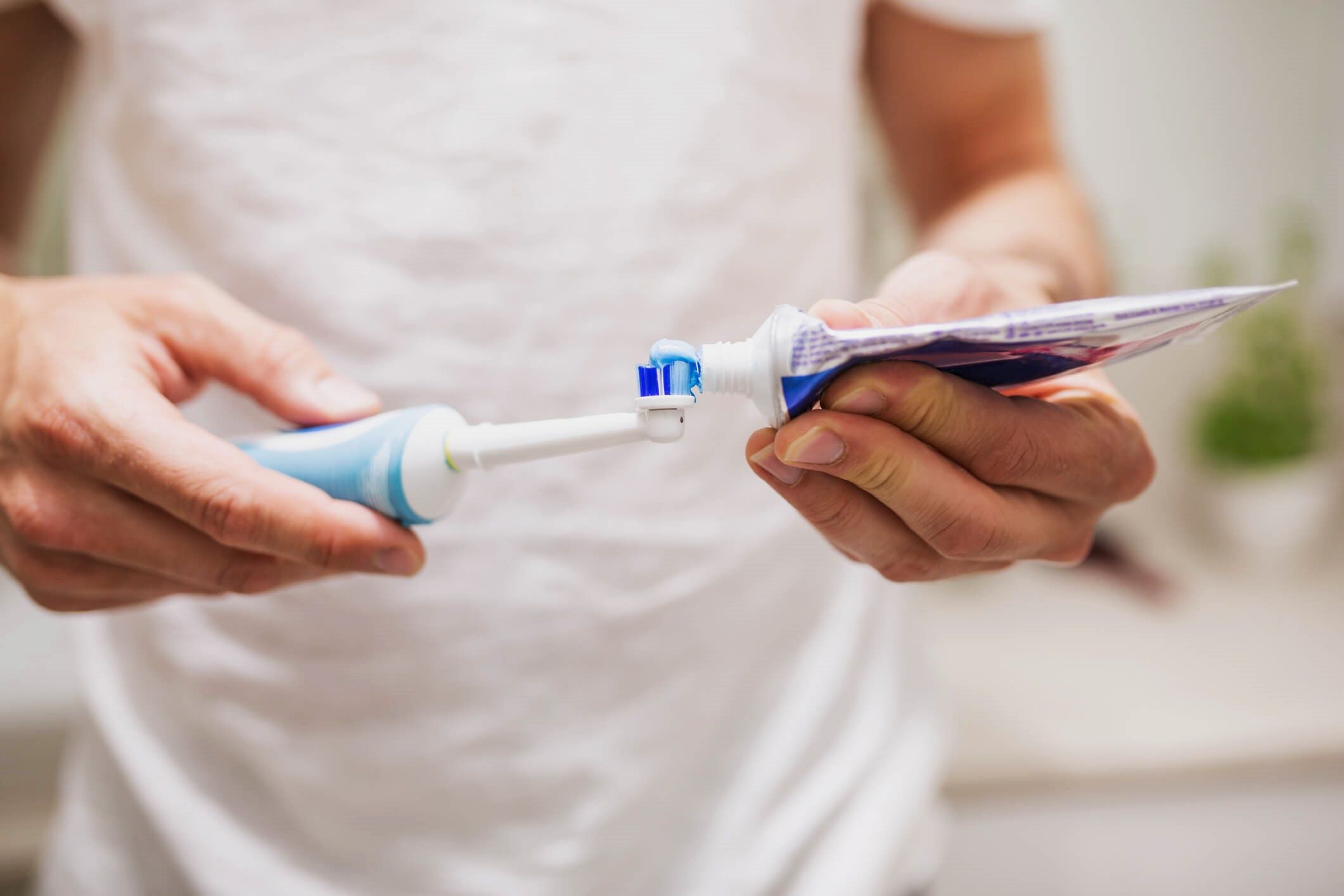
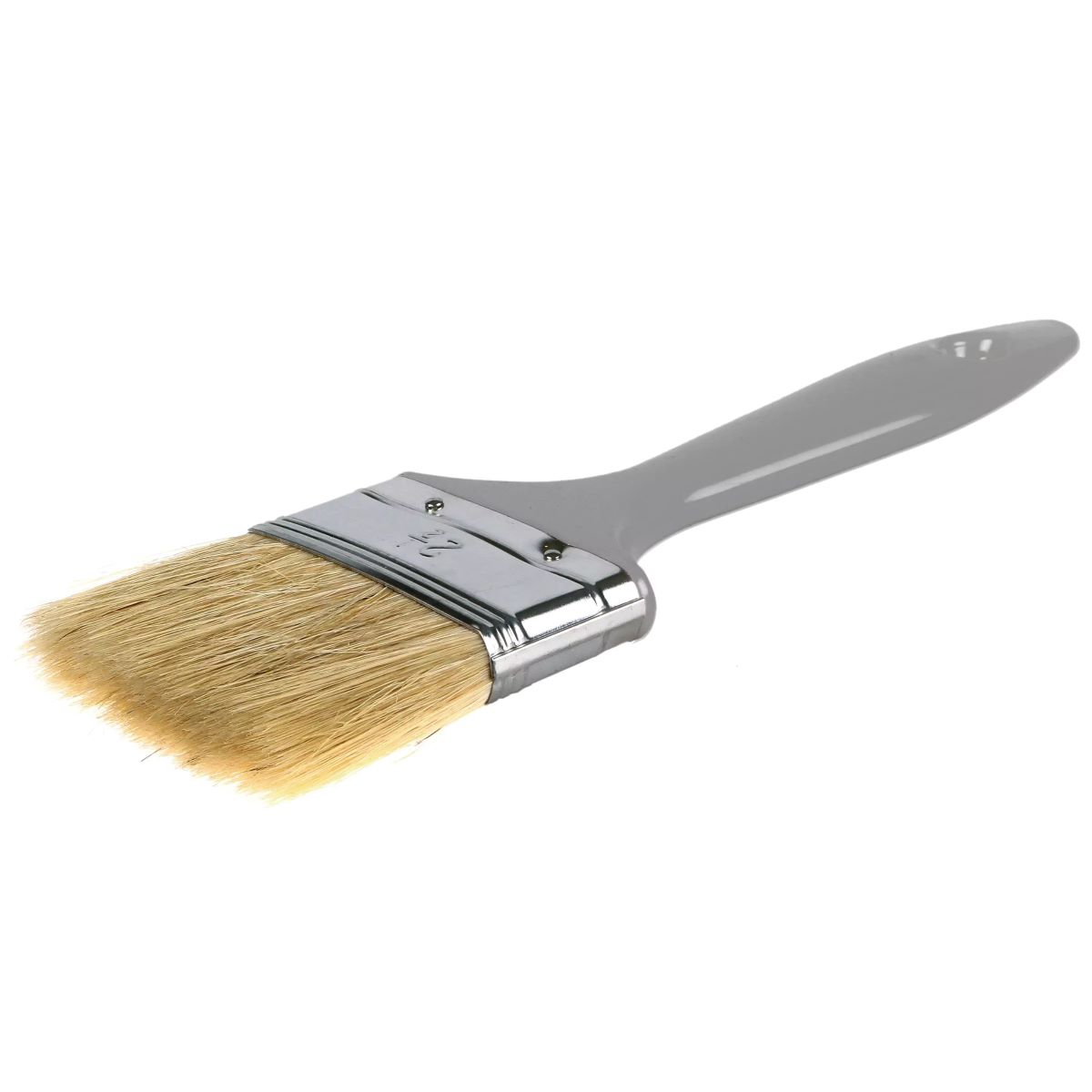
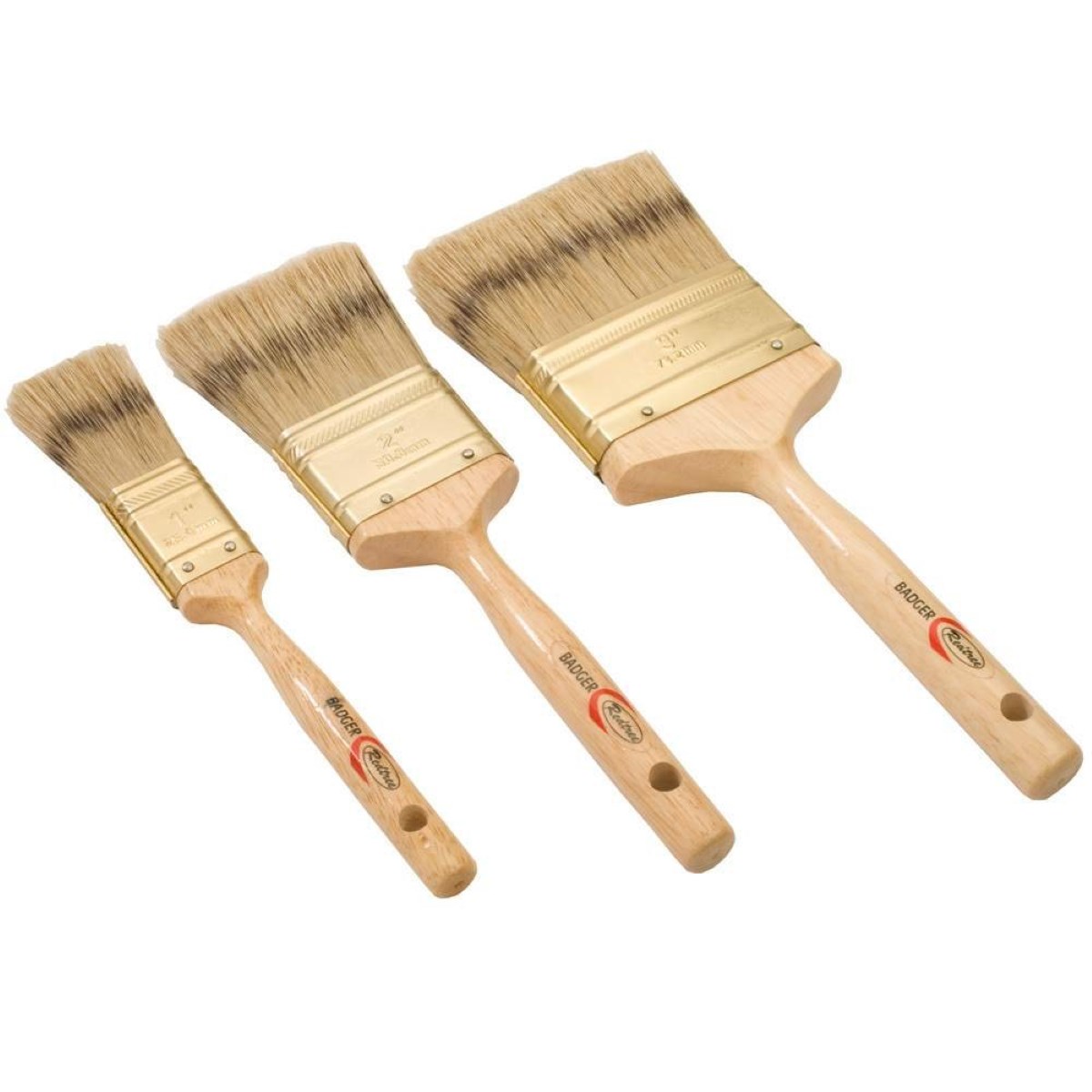
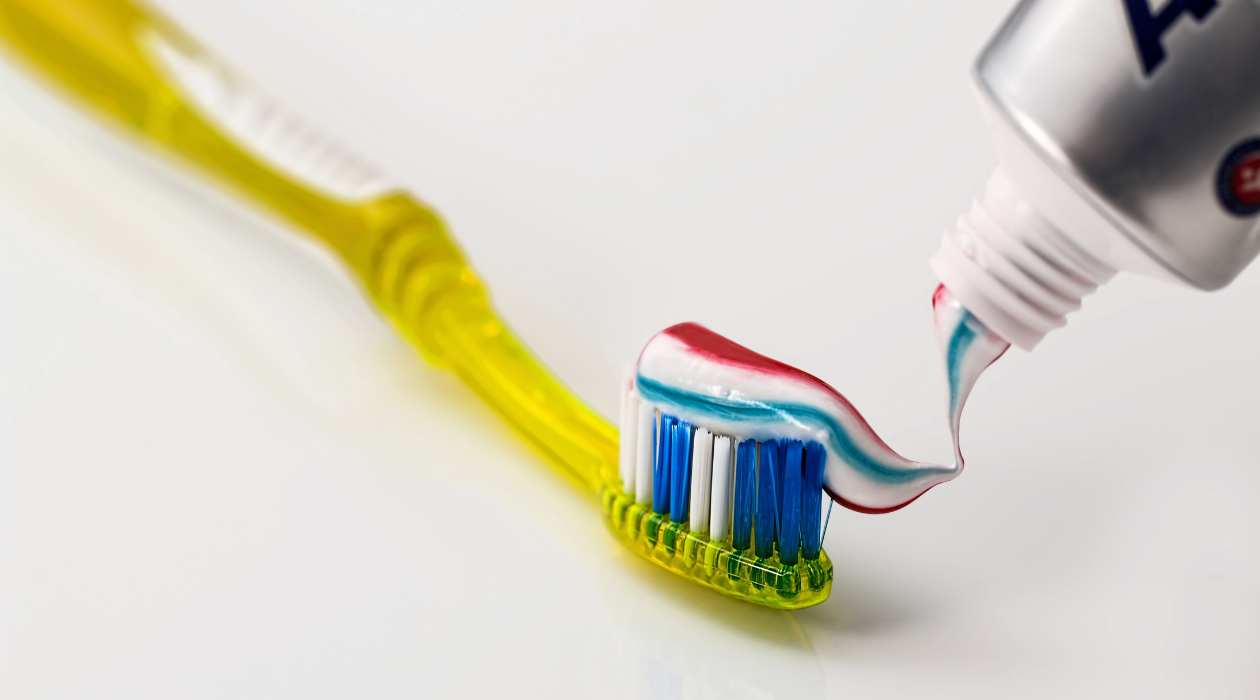
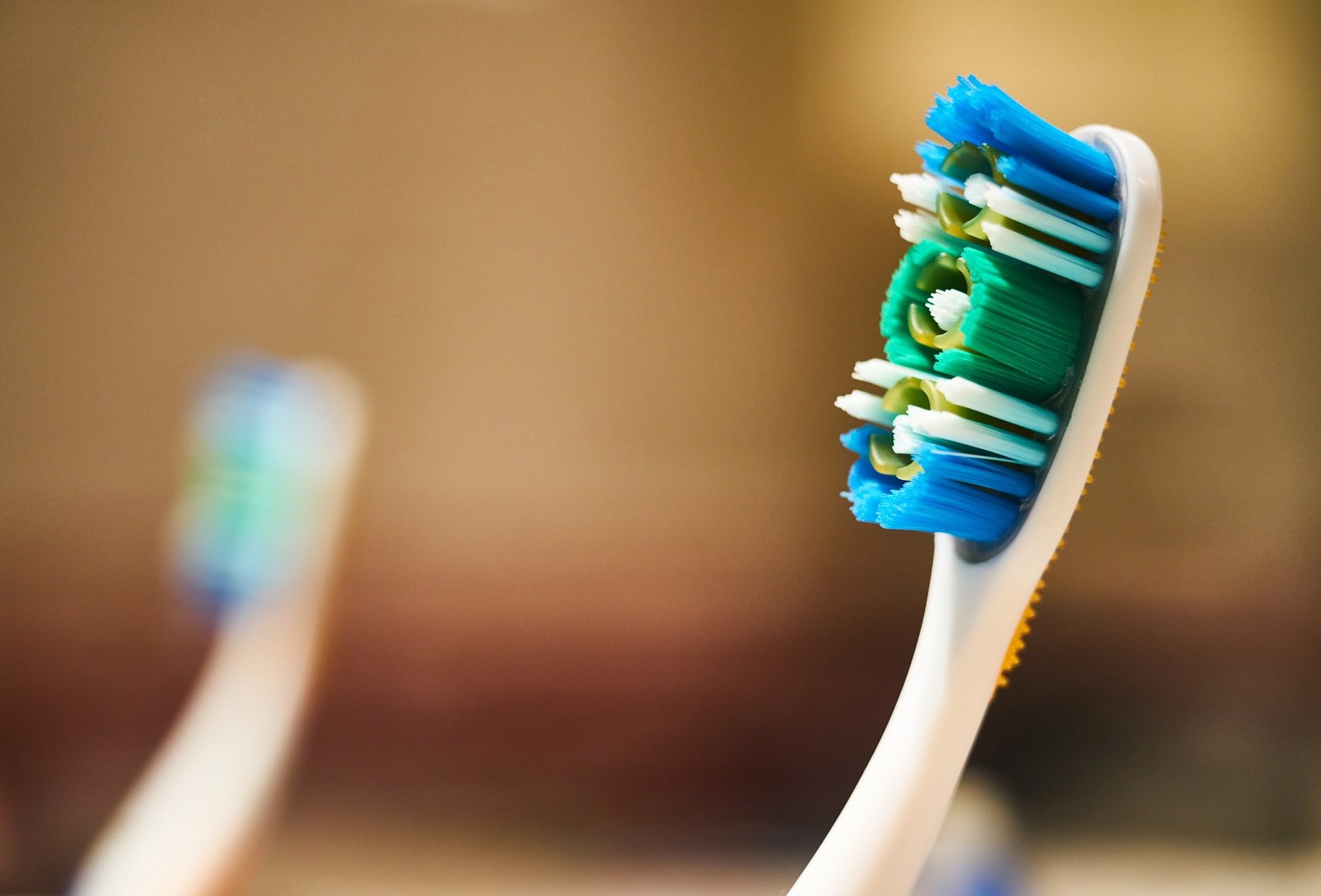
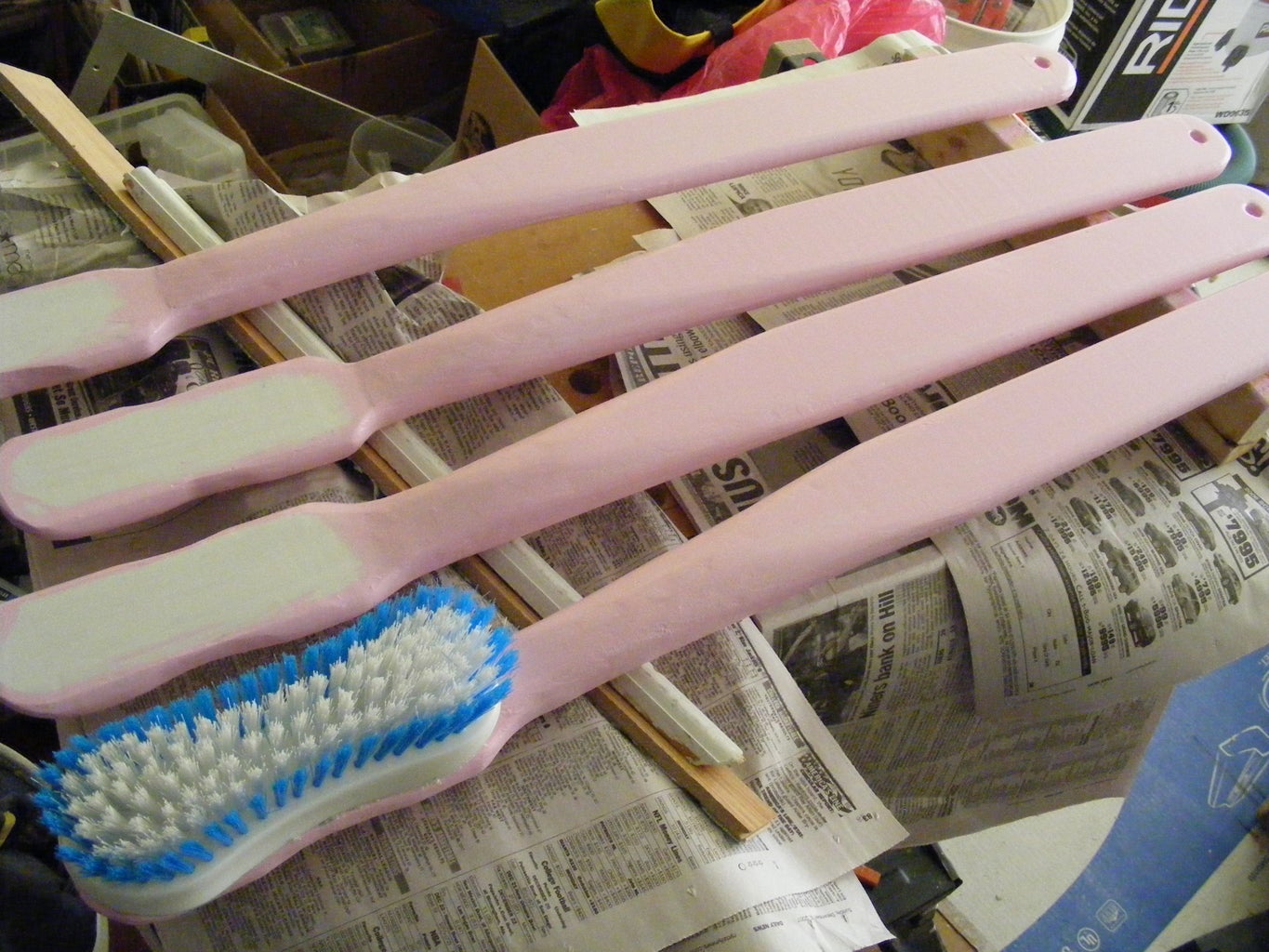
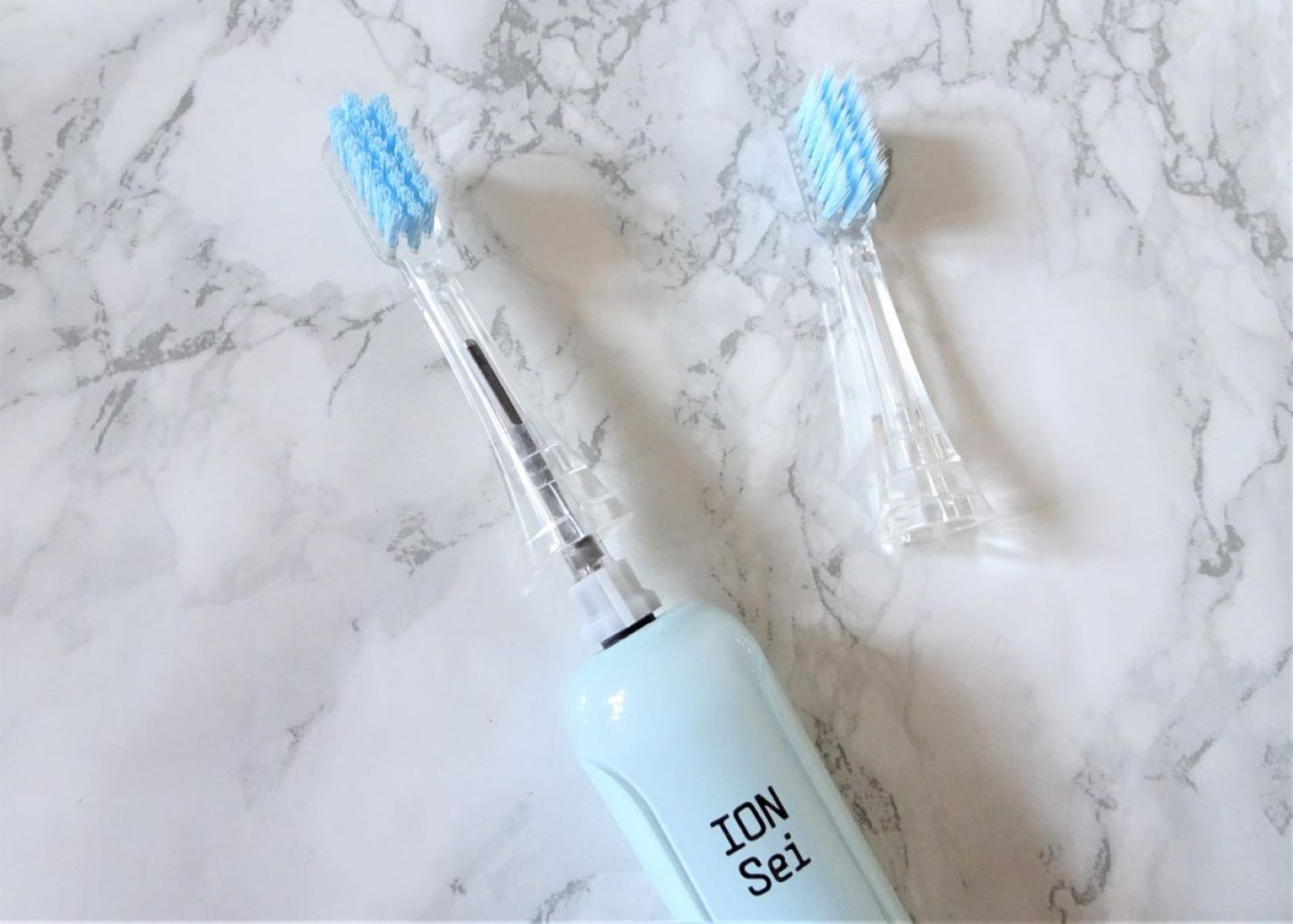
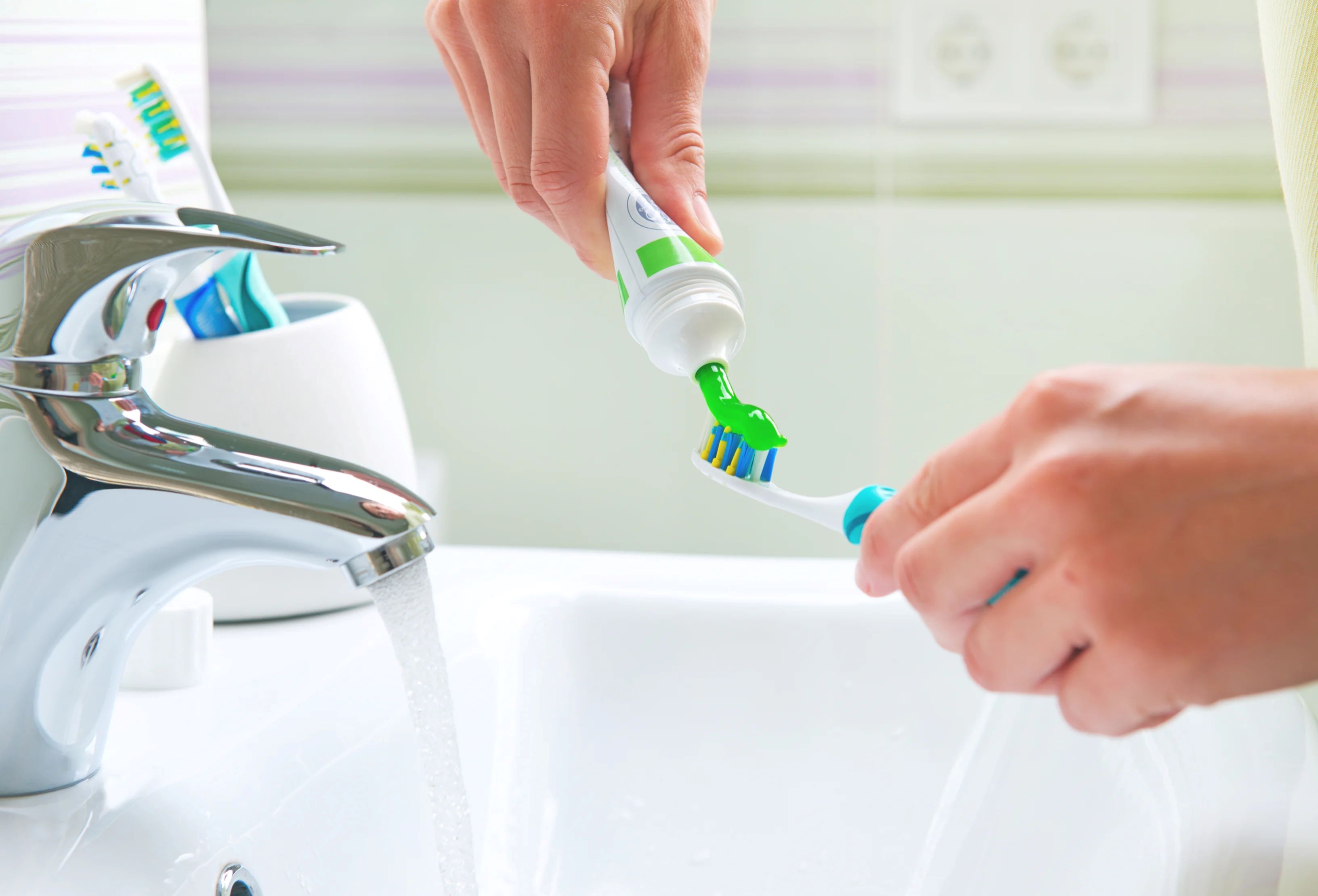
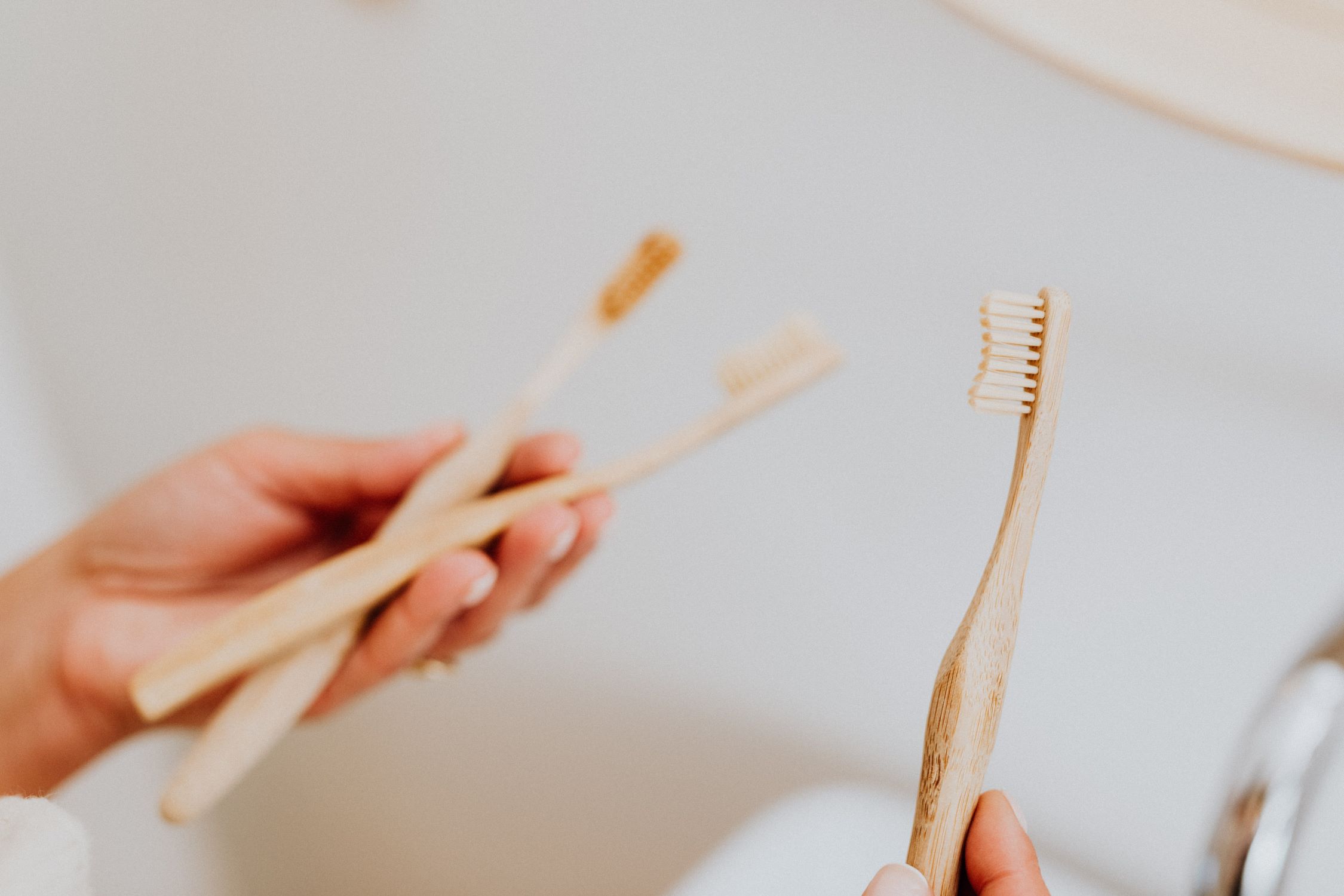
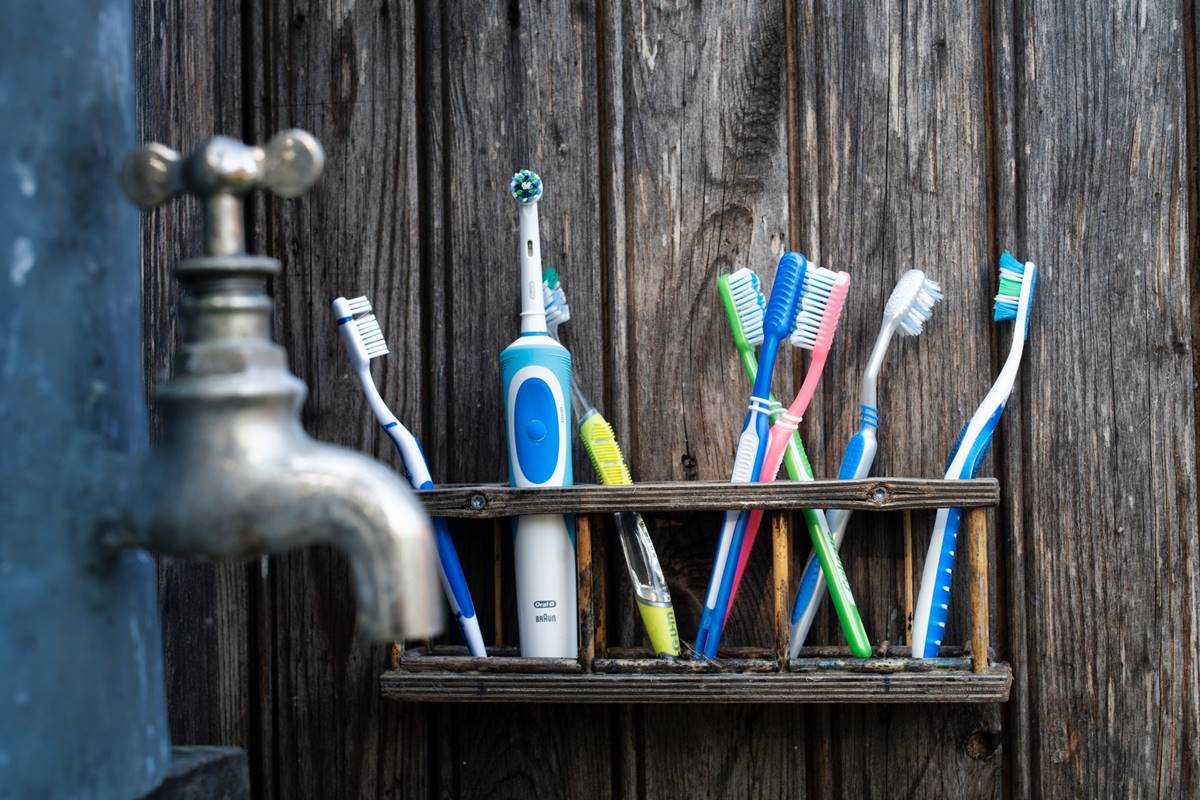

0 thoughts on “How Many Bristles Are In A Toothbrush”